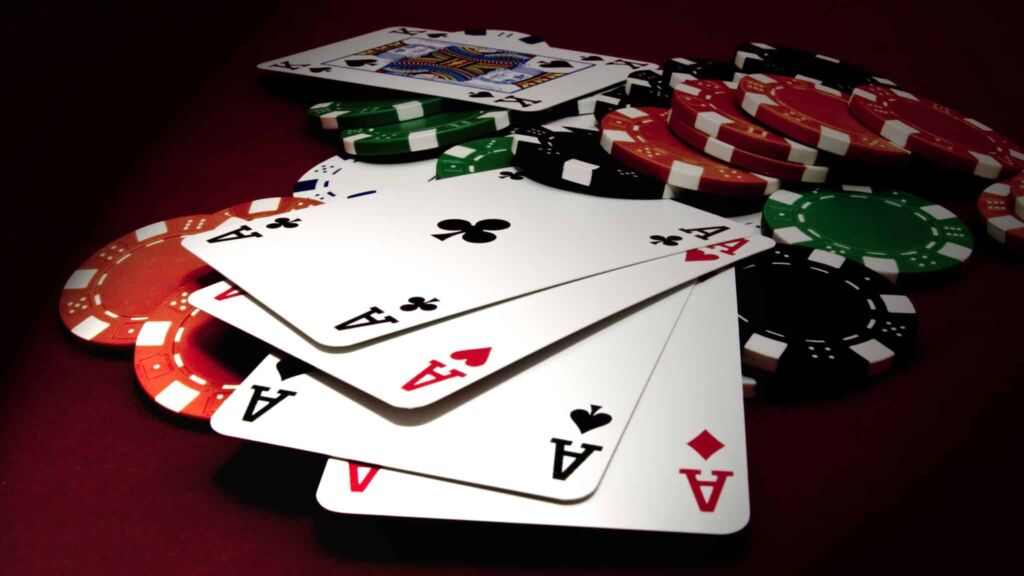Within the detailed study of blackjack, truly understanding how deck penetration affects the odds and your potential profit is crucial—and this article offers a thorough analysis of its pivotal role in shaping blackjack strategies.
Comprehending Deck Penetration in Blackjack
Deck penetration involves the extent of the card deck used before reshuffling. Expressed as a percentage, it signifies how deep into the deck the dealer goes before reshuffle. For instance, if the dealer uses half of an 8-deck shoe before reshuffling, you have a 50% penetration rate. This seemingly straightforward aspect is critical for both beginners and expert card counters striving to make strategic choices.
Different deck penetration levels are used by casinos to control the game’s volatility and mitigate risks against seasoned players, especially those practicing card counting. With less of the deck utilized, frequent shuffling occurs, complicating the players' attempts to evaluate card distribution and adjust strategies.
Why Deck Penetration Matters
Deck penetration crucially alters the game's probabilities by affecting the dependent sequence of events in blackjack. The cards dealt earlier influence what remains, thus affecting the chance of future card outcomes. Greater deck penetration increases deviation from the balance of an untouched deck.
Deep deck penetration offers opportunities for longer streaks of favorable or unfavorable outcomes for those following basic strategies, while card counters see an even higher significance. The systems they use depend heavily on tracking the ratio of high-value to low-value cards, and deeper penetration enhances the accuracy of these evaluations, influencing strategic decisions.
Effect on House Edge and Player Benefit
The house edge in blackjack isn't static; it fluctuates based on the game regulations and significantly on deck penetration. While maintaining a basic strategy keeps the house edge low, profound deck penetration can occasionally shift the advantage towards the player.
Deeper penetration tends to benefit players, aiding card counters by altering the deck’s remaining card composition, favoring higher-value cards which improve blackjack odds and doubling down chances, whilst increasing the dealer’s busting scenario probabilities.
While the effect on those employing only basic strategy is lesser, comprehending deck penetration helps these players better anticipate game dynamics and sporadic winning or losing streaks.
Assessing and Estimating Deck Penetration
Casinos have distinct methods to define and control deck penetration. In games using multiple decks within a shoe, a marker card signals when to reshuffle, controlling deck penetration.
Players can gauge deck penetration by noting where the marker card sits among the decks—if it’s deep into the shoe, penetration is better. Casinos usually balance between a 60% to 75% penetration level.
In single or double-deck games handled by the dealer, reshuffles might occur based on casino rules or dealer discretion, requiring players to learn to observe play for penetration clues.
Deck Penetration and Strategies for Counting Cards
For card counters, deck penetration is an indispensable requirement; deeper penetration provides more information, increasing the efficacy of counting strategies.
Different card counting systems react variously to deck penetration, where simpler systems can work efficiently with moderate penetration levels, while complex ones require deeper levels for full effectiveness. If penetration is too shallow, frequent reshuffles nullify the counter’s advantage.
Counters aim for games with a high 'rounds per shuffle' number—more hands per shuffle offering better opportunities for effective counting.
Choosing Blackjack Games Based on Deck Penetration
To make informed choices, it is pivotal for advantage players to consider deck penetration while selecting tables, keeping in mind:
- Number of decks used: Single and double-deck games might yield superior penetration possibilities if coupled with favorable rules.
- Marker card placement: A deeper marker card position within the shoe indicates improved penetration.
- Dealer habits: Examining dealer patterns provides insight into reshuffle frequency, impacting penetration.
- Game rules alignment with penetration: Enhanced rules like 3:2 blackjack payouts gain heightened value with substantial penetration, while rules like 6:5 payouts become more detrimental with shallow penetration.
Finding the right balance between rules and penetration is key, ensuring optimal conditions for strategic advantage.
Deck Penetration in Online and Live Dealer Blackjack
In the realm of online and live dealer blackjack, deck penetration has a different impact. For standard online games, every hand is drawn from a newly shuffled deck, negating any chance for card counting. With live dealer games, penetration depends entirely on the dealer's tendencies and virtual setup.
Live dealer online blackjack provides an immersive experience by involving actual dealers and tangible cards broadcasted live online. The extent to which the deck is used, or deck penetration, can vary, affecting the game dynamics. Some casinos employ less deck penetration to emulate traditional casinos and discourage card counters, while others might allow more to entice players looking for genuine gameplay with a strategic edge. Prospective players should observe or ask about deck penetration levels in live dealer blackjack games to better understand what to expect.
The Influence of Deck Penetration on Player Psychology
Deck penetration in blackjack extends beyond its mathematical significance, wielding notable psychological effects on the participants. Greater penetration introduces an element of thrill and anticipation, granting players a sense of greater insight and influence over the game. This often results in prolonged engagement and enjoyment. On the flip side, minimal penetration coupled with frequent shuffling can perturb players, making the game appear more haphazard and less tactical.
For casinos, how they manage deck penetration is a strategy in player psychology. By finely tuning how much of the deck remains in play, they subtly sway players' perception of the game’s fairness and excitement, which can, in turn, affect how long players remain engaged at the table. The trick lies in striking an equilibrium that makes the game appealing and thrilling without leaving them vulnerable to skilful players attempting to exploit higher penetration levels.
In Closing: Deck Penetration as Integral to Blackjack
Deck penetration in blackjack transcends simple mechanics; it is a core aspect that shapes how the game unfolds, influencing strategies players might use and affecting both the casino's and the player's odds. Casual participants may find that understanding deck penetration enriches their appreciation for the game's rich intricacies and its unexpected turns. For strategists and card counters, knowing about deck penetration is essential for picking the right game and developing effective tactics. By considering deck penetration, players can make more educated choices, possibly improving their odds, and enter the captivating realm of blackjack with enhanced dexterity and understanding. The depth to which the cards delve genuinely impacts the flow of blackjack.
External Resources:



